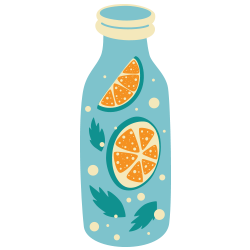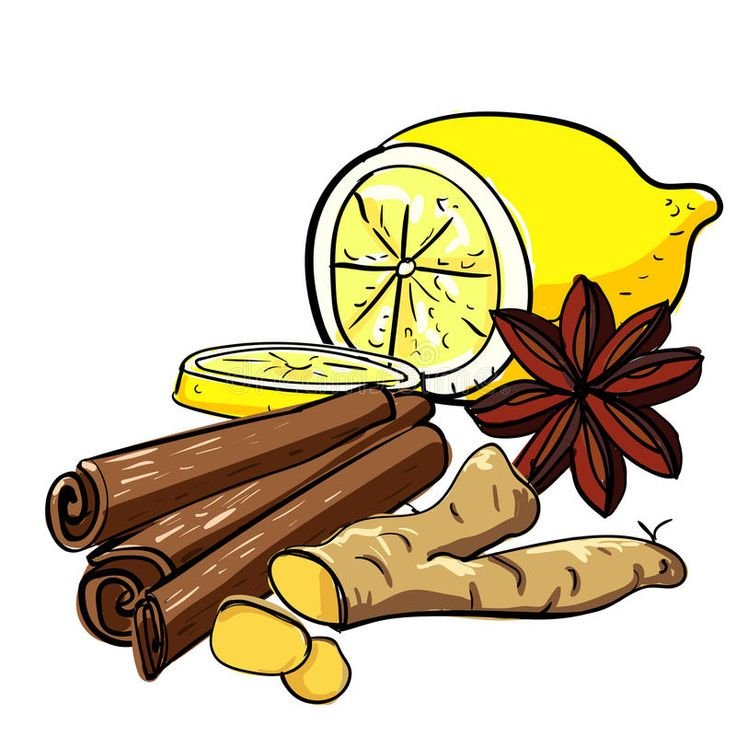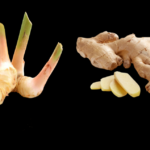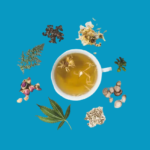
Pain is a universal experience—an unwelcome companion at some point in everyone’s life. For centuries, humanity has turned to nature for relief, relying on herbs long before modern pharmaceuticals came into existence. As more people seek alternatives to synthetic drugs, natural pain relief with herbs has grown in popularity. The allure lies in their effectiveness, safety, and holistic approach to wellness. Many herbal remedies provide significant relief without the side effects often associated with conventional medications.
The shift towards natural alternatives reflects a deeper desire to heal in harmony with the body, rather than masking symptoms. Herbs like turmeric, ginger, and willow bark have proven their worth through years of use and modern scientific validation. Whether you’re managing chronic pain, post-workout soreness, or occasional discomfort, herbal remedies offer versatile solutions tailored to individual needs.
In this comprehensive guide, we’ll explore the world of natural pain relief through herbs, examining their historical use, scientific backing, and practical applications. From understanding how they work to incorporating them into your routine, this article provides the tools you need to make informed choices about herbal remedies for pain management.
Understanding the Role of Herbs in Pain Relief
How Herbs Work in the Body
Herbs contain active compounds that interact with the body’s systems to reduce inflammation, soothe nerves, or improve circulation—key factors in pain management. For instance:
- Anti-inflammatory herbs like turmeric and ginger reduce swelling, which is often the root cause of pain.
- Analgesic herbs such as willow bark and white willow contain salicin, a precursor to aspirin, offering direct pain relief.
- Nervine herbs, including chamomile and valerian root, support the nervous system, reducing tension and nerve-related pain.
These mechanisms work synergistically, addressing pain’s underlying causes rather than merely suppressing symptoms.
The History and Evolution of Herbal Remedies
Herbal remedies have been integral to traditional medicine systems such as Ayurveda, Traditional Chinese Medicine (TCM), and Native American healing practices. For instance, willow bark has been used for over 2,000 years as a natural painkiller. The shift from folk medicine to pharmaceutical synthesis began in the 19th century, but herbs remain a cornerstone of holistic health care.
Today, modern research validates many traditional uses, bridging the gap between ancient wisdom and contemporary science. For example, studies show turmeric’s curcumin compound is as effective as ibuprofen for conditions like osteoarthritis, without gastrointestinal side effects.
Top Herbs for Natural Pain Relief
1. Turmeric
Turmeric is a powerhouse herb renowned for its anti-inflammatory properties. Its active ingredient, curcumin, inhibits inflammatory pathways in the body.
- Best for: Arthritis, muscle pain, and post-exercise inflammation.
- How to use: Incorporate turmeric into meals, take curcumin supplements, or prepare golden milk for a soothing beverage.
2. Willow Bark
Often referred to as “nature’s aspirin,” willow bark contains salicin, which the body converts to salicylic acid.
- Best for: Headaches, back pain, and joint discomfort.
- How to use: Brew as tea or use in tincture form.
3. Ginger
Ginger’s anti-inflammatory and antioxidant properties make it ideal for pain relief, particularly for conditions like menstrual cramps and muscle soreness.
- Best for: Digestive discomfort, migraines, and muscle pain.
- How to use: Drink ginger tea, add fresh ginger to dishes, or use capsules.
4. Boswellia (Frankincense)
This resinous herb is a potent anti-inflammatory, commonly used in Ayurvedic medicine.
- Best for: Joint pain, especially rheumatoid arthritis.
- How to use: Available in capsule or extract form.
5. Peppermint
The cooling effect of peppermint oil provides immediate relief for headaches and muscle pain.
- Best for: Tension headaches and localized muscle pain.
- How to use: Apply diluted peppermint oil topically or inhale the aroma for tension relief.
Incorporating Herbs into Your Daily Routine
Herbal Teas and Infusions
Teas are an accessible way to harness the healing power of herbs. Chamomile tea soothes nerves, while ginger tea reduces inflammation and improves circulation.
Topical Applications
Herbal salves and oils, such as arnica or peppermint oil, provide targeted relief for muscle and joint pain. These are especially effective for athletes or individuals with localized discomfort.
Supplements and Extracts
For more concentrated benefits, herbal capsules and tinctures are convenient options. Ensure you choose high-quality products from reputable sources to maximize efficacy.
The Benefits of Choosing Herbal Pain Relief
1. Fewer Side Effects
Unlike pharmaceuticals, which often come with a list of potential adverse effects, herbs are generally gentler on the body. For instance, turmeric doesn’t cause stomach irritation, a common issue with NSAIDs.
2. Holistic Healing
Herbs address not just the symptoms but the root cause of pain. For example, adaptogenic herbs like ashwagandha not only alleviate pain but also reduce stress, promoting overall well-being.
3. Sustainability and Accessibility
Herbs are often more affordable and sustainable than prescription drugs. Many, like ginger and turmeric, are easily grown at home, making them accessible to all.
Precautions and Considerations
While herbs are generally safe, they are powerful medicines and should be used with care:
- Consult a professional: If you’re on medications or have chronic conditions, check for interactions. For example, willow bark may thin the blood.
- Start small: Begin with small doses to assess tolerance.
- Opt for quality: Choose organic, high-grade herbal products to avoid contamination.
The Future of Pain Relief: Embracing Nature’s Wisdom
As we deepen our understanding of herbal medicine, the potential for natural pain relief continues to expand. With modern research validating traditional knowledge, the integration of herbs into mainstream healthcare seems promising. By choosing natural alternatives, you not only take control of your health but also contribute to a more sustainable, compassionate approach to healing.
Conclusion
Natural pain relief with herbs offers a timeless, effective solution for managing discomfort. From the anti-inflammatory power of turmeric to the soothing effects of chamomile, herbs provide relief without compromising your health. They are more than remedies; they represent a way of life that values harmony between the body and nature.
Incorporating herbs into your routine is not just about alleviating pain—it’s about embracing a holistic path to wellness. With minimal side effects, proven benefits, and a history steeped in tradition, herbal remedies stand as a beacon of hope for those seeking alternatives to pharmaceuticals.
As you explore the world of natural pain relief, remember that healing is a journey. Trust in nature’s wisdom and take small steps towards reclaiming your well-being, naturally and sustainably. Whether it’s a cup of ginger tea or a soothing herbal salve, each choice you make brings you closer to a healthier, more balanced life.

















